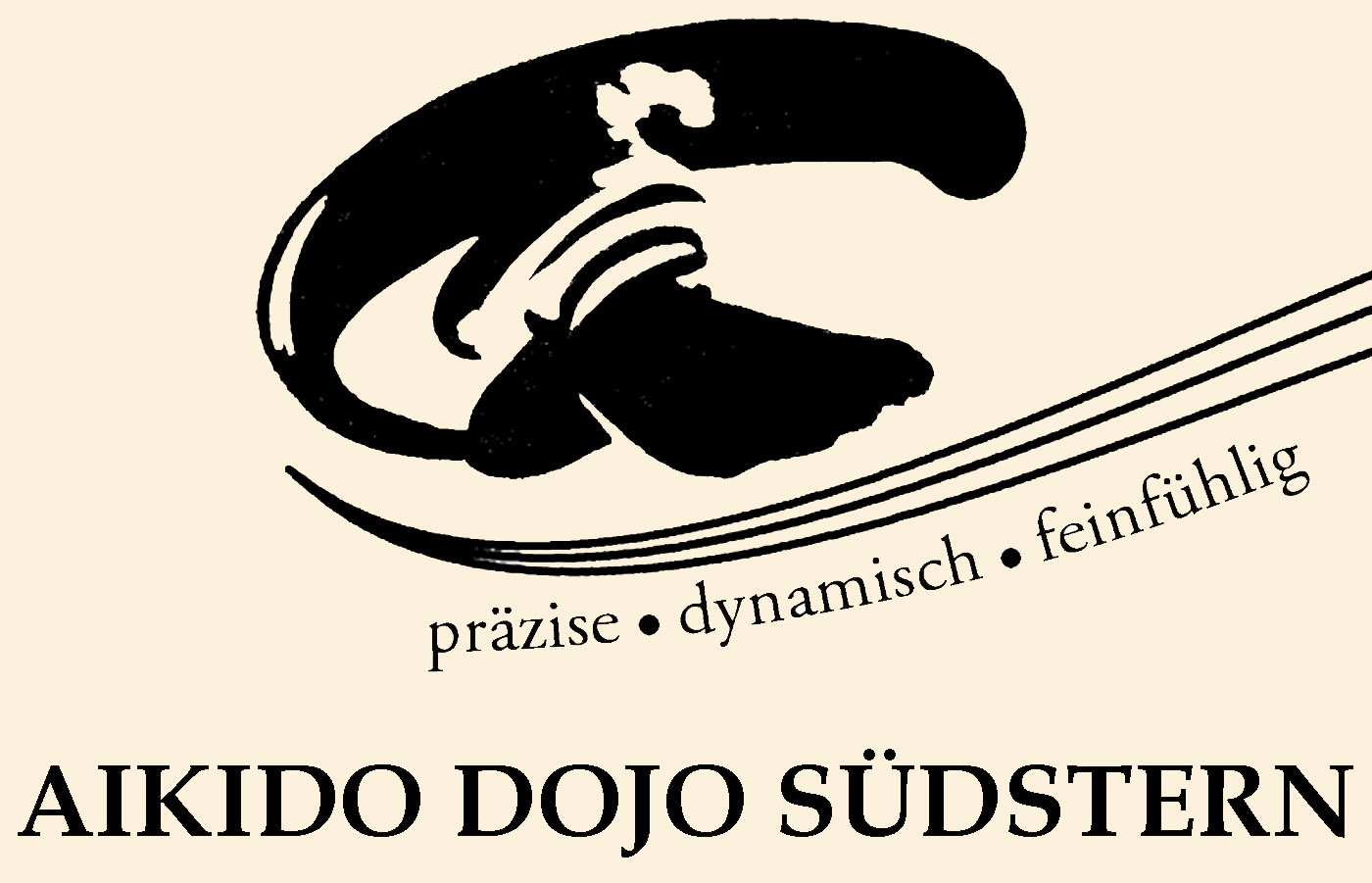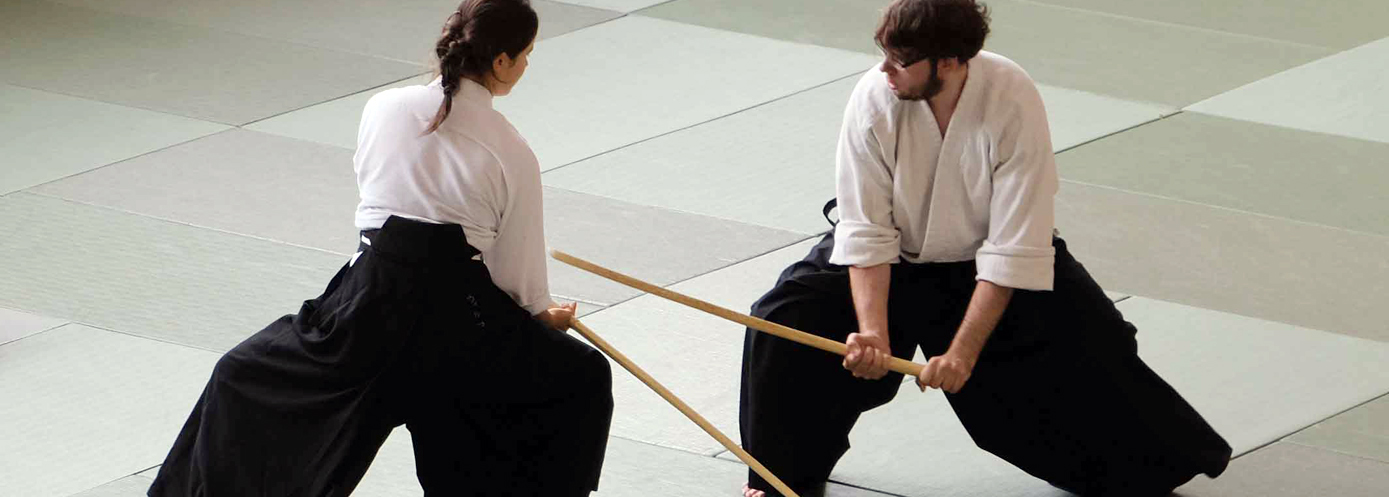Kenjutsu Kashima Shinryu … the Kashima sword
For more information, please visit our Kenjutsu website. https://kenjutsu-dojo-berlin.de
Kashima Shinryu kenjutsu 鹿島神流 is a school of martial arts that has existed for about five centuries.
The theories were established by three samurai:
• Matsumoto Bizen-no-kami Ki no Masamoto
• Kunii Genpachiro Kagetsugu
• Kamiizumi Ise-no-kami Fujiwara no Hidetsuna
drawing mainly on the techniques of the so-called Kashima sword style, as well as their experience on the battlefield.
The sword katas are broken down into several series, of which these are the 7 series.
1st series: Kihon dachi (the basics of Kashima sword)
This first series includes five katas whose movements are the basis of the Kashima Shin Ryu school. Regularly repeated these techniques allows to develop the positions, the attitudes, the density of the body and the hara (centre of the energy) to allow the practitioner to apprehend the other series with solid bases. The close distance exercises of kihon dachi incorporate the goal of “sword, mind, body” with the three as one. Although simple in appearance, they are the basis of all Kashima Shinryu techniques. This is why, even after several years of training, it is still important to repeat these first katas.
2nd series: Ura dachi (turning the sword over)
The second series is based on this principle:
(sen-sen-no-sen) – take the initiative at the moment of attack.
In this series, one learns to react and position oneself at the beginning of the partner’s attack. This series is performed by taking three good steps backwards in synchronization with your partner. These exercises teach the practitioner to perform the techniques when approaching each other and to calculate the engagement distance and timing (maai) when approaching. With the practice of ura dachi, the practitioner understands that Kashima Shin Ryu techniques are not only reactive, but also give the possibility to take the initiative. This approach is completely different from strategies based on countering an attack already made.
3rd series: Aishin kumitachi (together, synchronization)
This series assumes simultaneity and synchronization of both partners. The practitioner learns to master a situation in which both partners try to use the same movements against each other. The first attack is identical and consequently cancels itself, the second attack will be different, it forces another reaction. This series highlights the importance of concentration, and of reading the opponent’s intention.
4th series: Jissen kumitachi (the fruit, the result of fighting)
Timing and decision making is intensive in this series. These Katas teach the practitioner to master duels where the partner is very close. The riposte must be immediate, as soon as the partner attacks.
5th series: Kassen dachi (fighting without concession)
This series induces the notion of anticipation sente (forward) as well as that of destroying balance, taoshi (knocking down), and tsubushi (breaking, crushing). These exercises require learning to master techniques appropriate to the battlefield at a time when fighters wore traditional Japanese armour and charged from a distance. These techniques exploit the weak points of the armour and are achieved by throwing the opponent off balance.
6th series: Tsuba Zeri
These exercises teach techniques adapted to the battlefields of the era when fighters wore traditional Japanese armour and charged from a distance (yukiai). These techniques exploit the weak points of the armour and use principles to knock down the opponent.
7th series: Taoshi Uchi
The last series is about close combat, when the two swords touch near the tsuba. The aim here is to take down the opponent.
Video Kenjutsu 剣術 / Kashima Shinryu 鹿島神流
1 Serie, 2 Serie, 3 Serie 4 Serie

